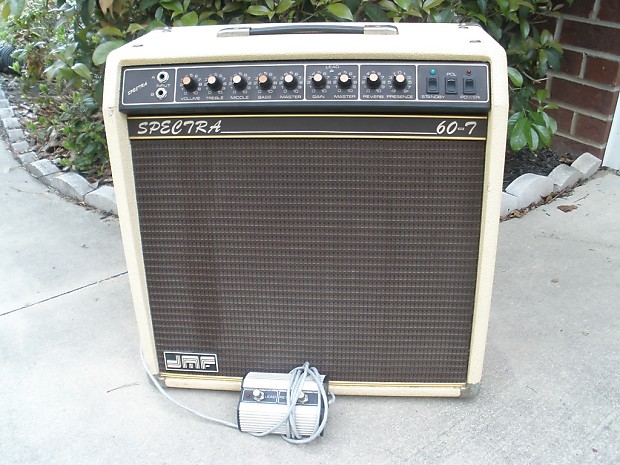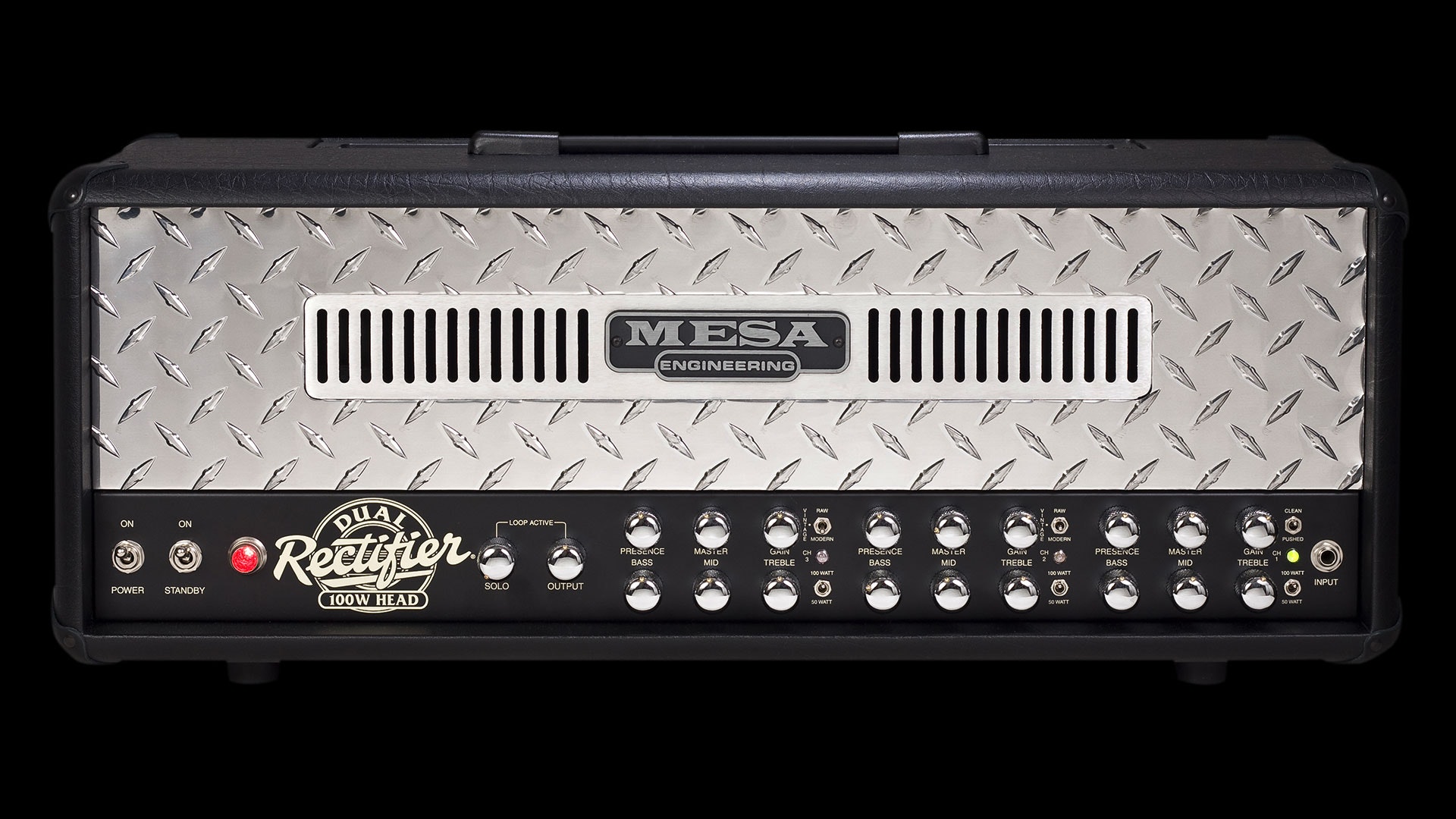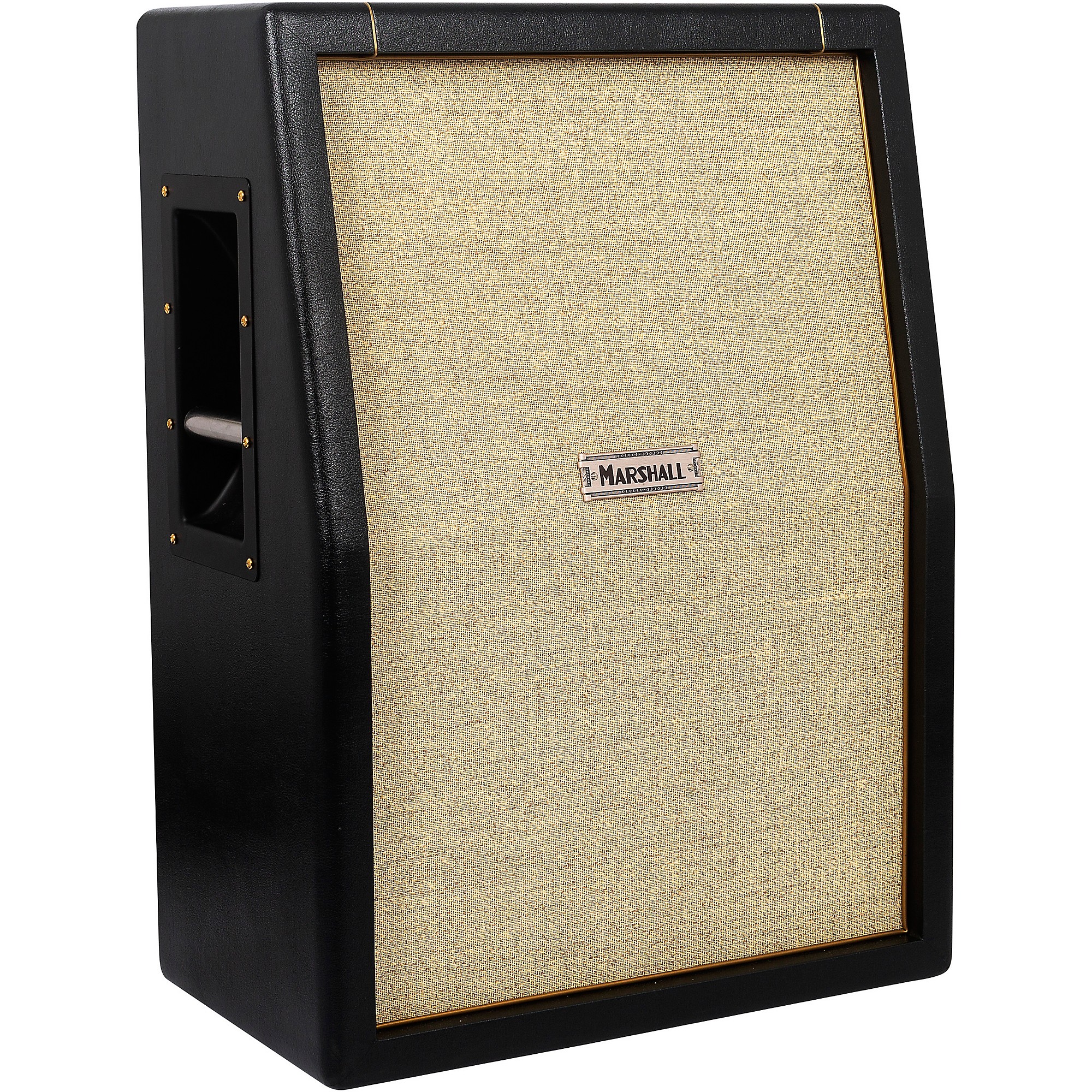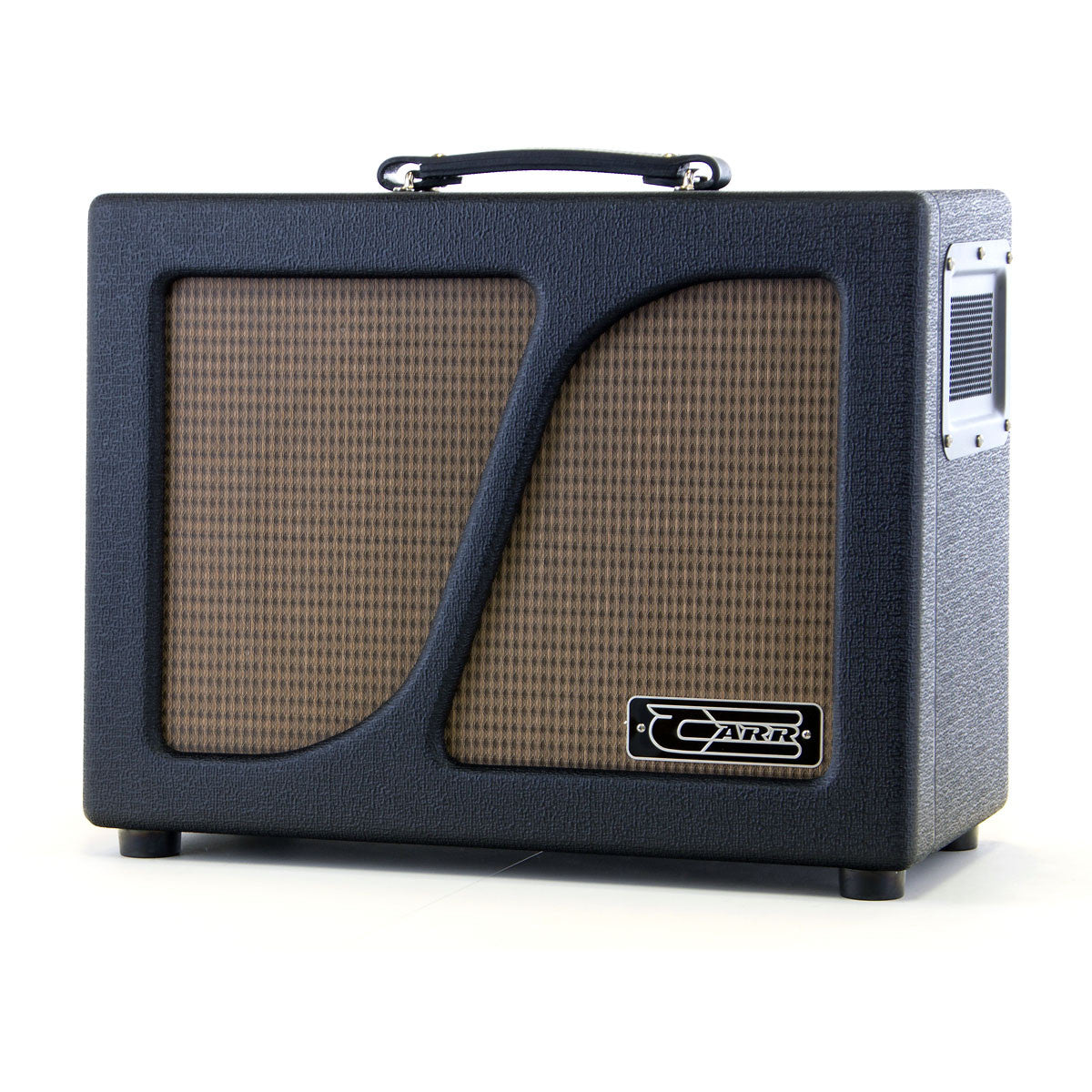I still remember the first time I plugged my guitar into an amplifier—the JMF Spectra 60-T. The moment the strings hummed through that little box, I was hooked, despite the amp’s undeniable limitations. The sound was raw, a bit harsh, and nowhere near the rich tones I’d heard on my favorite records, but it was my gateway into the world of guitar amplifiers. That initial excitement and challenge sparked a lifelong journey of chasing tone, blending personal growth with the evolving landscape of guitar music.
My name is Ted Drozdowski, and as a seasoned guitarist and gear expert with decades of experience, I’ve witnessed firsthand how amplifier technology and musical styles have intertwined to shape my sound and countless others’. This article traces my historical journey through iconic amps, highlighting how each stage mirrors broader musical trends and my own evolving artistry. Whether you’re an intermediate player or a gear enthusiast, I hope my story inspires and informs your own guitar tone journey.
Key Takeaways
- Amplifier choices mirror musical eras and personal growth. Readers understand how gear reflects broader cultural shifts.
- Personal stories reveal the emotional connection to tone. Readers connect emotionally and gain practical inspiration.
- Evolving technology and boutique amps offer new tonal possibilities. Readers learn about modern options while appreciating tradition.
The First Spark: Early Amplifier Experiences and Influences

My amplifier journey began with the JMF Spectra 60-T, a modest practice amp that, while limited in power and tonal range, was a crucial stepping stone. It was the 1970s, and the guitar world was dominated by blues and classic rock icons whose sounds I desperately wanted to emulate. The Spectra couldn’t quite capture those warm, dynamic tones, but it taught me the basics and fueled my ambition.
The upgrade to a 1966 Fender Twin Reverb was transformative. This amp was a revelation with its lush clean tones and ample headroom—the perfect canvas for exploring the nuances of blues and rock. I remember the first time I dialed in a creamy, singing lead tone and thought, “This is what I’ve been chasing.” As I once said, “The Fender Twin Reverb didn’t just amplify my guitar; it amplified my passion for tone.” For those curious about what makes this amplifier so special, Pristine Cleans. Aggressive Overdrive. The Fender Twin Story. offers an insightful look into its iconic sound and lasting legacy.
Then came a pivotal moment: my wife surprised me with a 1972 Marshall Super Lead. I recall unwrapping that beast, feeling its solid heft and hearing its roaring voice for the first time. This amp opened a new chapter, sparking a deep obsession with amplifiers and the diverse sounds they could produce. The Marshall’s aggressive midrange and powerful overdrive pushed me toward rock’s heavier side and broadened my sonic palette.
“The Fender Twin Reverb didn’t just amplify my guitar; it amplified my passion for tone.”
Exploring the classic Fender Twin Reverb amp and tone tips
Amplifying the Alternative: Evolution Through Rock and Dual Amp Setups

As the 80s faded and the 90s alternative rock and grunge scenes exploded, my musical tastes and gear followed suit. Inspired by bands pushing the boundaries of distortion and atmosphere, I sought amplifiers that could deliver both power and versatility. Enter the Mesa/Boogie Dual Rectifier—a game-changer for my tone journey.
The Dual Rectifier’s aggressive gain and flexible voicing allowed me to capture that raw, gritty sound synonymous with alternative rock. For those interested in truly understanding what makes this amplifier such a tone-shaping powerhouse, the Mesa Boogie Rectifier Guide offers an in-depth look at its features and sonic capabilities.
But I didn’t stop there. To expand my sonic possibilities, I embraced dual amp setups combined with pedalboards, blending the distinct voices of each amp to create signature textures. I vividly remember a live gig where the interplay between my Dual Rectifier and a cleansounding Fender amp filled the room with a rich, layered sound that had the audience hooked.
Eventually, the trusty Fender Twin Reverb transitioned to studio duties before I sold it. Managing multiple amps on stage came with technical challenges, like balancing levels and navigating complex signal chains, but the rewards in tonal depth were undeniable. As I’ve noted, “Juggling two amps isn’t easy, but the tonal landscape it opens up is worth every cable and knob twist.”
“Juggling two amps isn’t easy, but the tonal landscape it opens up is worth every cable and knob twist.”
In-depth tutorial and demo of the Mesa Boogie 90s Dual Rectifier amp
Blues Roots and Soundtrack Ventures: Transitioning Focus and Gear

Following the dissolution of my band, I returned to my blues roots with renewed focus, pairing a Marshall amp with a 2×12 speaker cabinet to recapture the genre’s soulful grit. Joining the band Scissormen led to extensive touring, each gig deepening my emotional connection to the blues.
During this period, I also ventured into film soundtracks, notably working on the documentary “BIG SHOES.” This project demanded tonal versatility, prompting me to expand my equipment with Peavey combos and stereo setups. In the studio, pairing different amps allowed me to craft unique textures that complemented the visuals and narrative, while live performances benefited from this sonic diversity.
One recording session stands out vividly: experimenting with amp combinations to find the perfect balance between warmth and clarity. These moments of trial and error enriched my tonal palette and reinforced how amplifier history and technology serve artistic expression. For those interested in exploring the wide range of amplifiers that can help capture authentic blues tones, the ultimate guide to blues guitar amps on Happy Bluesman offers an insightful breakdown of gear well-suited for this soulful genre.
“The blues isn’t just a genre; it’s an emotional journey, and my amps have been my companions on every mile.”
Video tutorial: Achieving authentic blues guitar tone
Chasing the Boutique Dream: Defining a Signature Sound

My quest for a truly unique voice led me to the world of boutique guitar amps. The purchase of the Carr Vincent marked a milestone—a ‘super Fender’ with enhanced tonal richness and responsiveness. The Vincent’s nuanced overdrive and dynamic touch sensitivity felt like an extension of my playing.
In 2022, I added the Telstar amplifier to my rig, creating a complementary harmonic pairing that brought fresh colors to my sound. I remember our first rehearsal with the Telstar and Vincent combo, the amps conversing with each other in ways that sparked new creative ideas. Currently, with my band Coyote Motel, this setup perfectly encapsulates the blend of tradition and innovation I’ve sought for years.
“Boutique amps like the Carr Vincent and Telstar aren’t just gear; they’re partners in crafting a signature voice. For those interested in exploring the craftsmanship and tonal philosophy behind these amps, Carr Amps offers an insightful look into their design and sonic character.”
In-depth look at Carr boutique amplifiers and their unique tones
Your Sound, Your Story
My journey through guitar amplifiers is a testament to how deeply personal and evolving the search for tone can be. Each amp I’ve played reflects a chapter not only in my musical development but also in the broader narrative of guitar music history. While I’ve found my dream amps, every guitarist’s path is unique, shaped by individual tastes, influences, and the ever-changing world of technology.
Amplifier evolution mirrors personal growth and musical trends. Embracing change and experimentation leads to authentic tone, and the coexistence of technology and tradition continues to shape the sounds we create. I encourage you to reflect on your own amp journey, stay open to new gear and sounds, and remember that your story is just as important as the gear you play.
What has been your most memorable amplifier experience, and how has it shaped your tone?